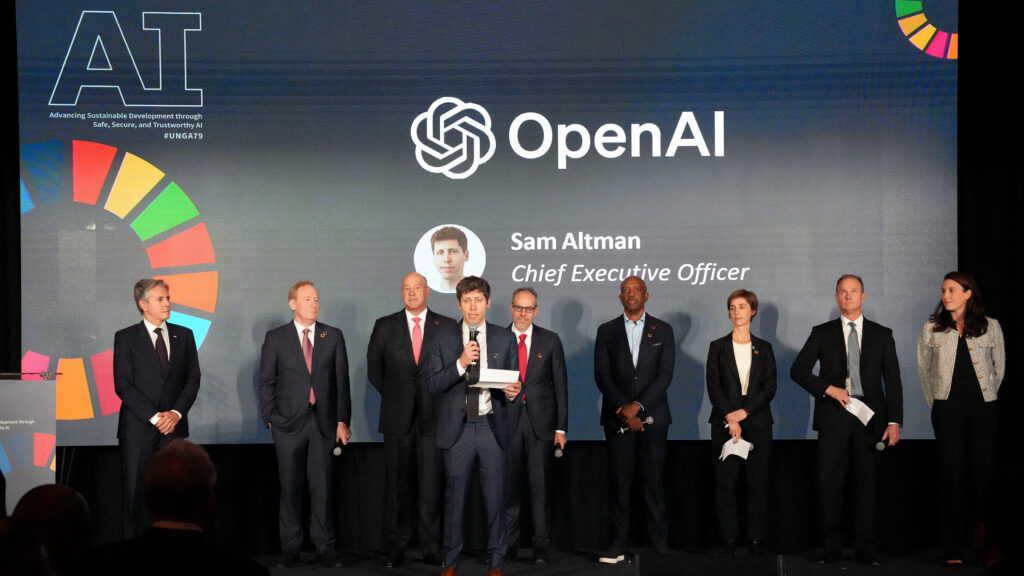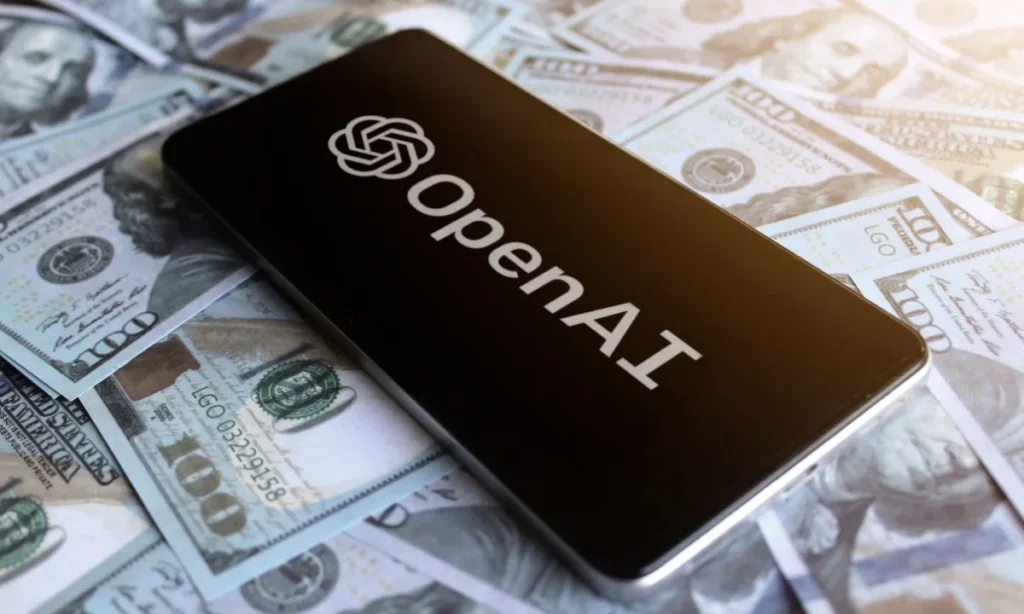In a move that underlines just how quickly the AI landscape is changing, OpenAI has dramatically revised its financial forecast, now expecting to burn $115 billion in cash by 2029—a staggering $80 billion increase from prior estimates. This revelation comes courtesy of a report by The Information and was covered today by Reuters.
The scale of this adjustment speaks volumes about the company’s relentless pace of expansion as it builds the infrastructure behind ChatGPT and other advanced AI technologies. It’s a staggering sum, yes—but it also highlights OpenAI’s belief that bold investments today could drive far-reaching gains tomorrow.
Table of Contents

Why the Costs Are Climbing—and How OpenAI Aims to Tame Them
Explosive Growth in Infrastructure Needs
OpenAI’s soaring projections for cash burn are driven largely by the skyrocketing costs of compute. In 2025 alone, the company anticipates spending more than $8 billion—already about $1.5 billion higher than earlier in the year. And that’s just warming up—the company expects annual cash burn to soar to $17 billion in 2026, then $35 billion in 2027, and $45 billion in 2028.
It’s plain to see: large-scale AI model training and deployment is costly, demanding massive server fleets, expensive GPUs, cloud services, and energy—often running into tens of millions of dollars for just one frontier AI model.
Building Its Own Chips and Data Centres
To rein in these soaring costs, OpenAI plans to build its own server chips and data centres. It will launch its first in-house AI chip next year, developed in partnership with semiconductor heavyweight Broadcom—though, for now, the chip is meant for internal use only.
On the infrastructure front, OpenAI has deepened its partnership with Oracle, tapping into a massive 4.5 gigawatts of data-centre capacity under their joint “Stargate” initiative, a sprawling $500 billion plan that also involves Japanese investor SoftBank. To diversify sources, Google Cloud has also been added to the company’s roster of compute providers.
This strategic shift signals a desire not just to expand, but to gain more control over pricing and supply chains—a pragmatic response to rapidly escalating infrastructure costs.

The Bigger Picture: Infrastructure, Strategy, and Stakes
OpenAI’s aggressive infrastructure push fits into a much broader tapestry. The Stargate initiative, in particular, aims to build up to 10 gigawatts of data-centre capacity and invest up to $500 billion by 2029. Other reports even suggest OpenAI could spend as much as $320 billion between 2025 and 2030 on compute, model development, and more.
This isn’t just about raw firepower. It’s also about positioning: OpenAI appears determined to own more of the stack—chips, infrastructure, operations—rather than renting capacity from third parties like Microsoft or cloud providers.
That said, OpenAI’s revenue is growing too. Some estimates peg annualised revenue at $12 billion, showing that while the company is burning cash aggressively, it’s also generating meaningful income.
Still, this aggressive spending invites scrutiny. Experts worry about the long-term sustainability of such a large burn rate, especially if revenue growth slows or unforeseen challenges emerge. And as lawsuits and legal risks loom—particularly around data used for training—that burn could climb even further.
The Nigerian Angle: What This Means for Africa’s AI Landscape
Here’s where things get really interesting for Nigeria—and broader Africa. Nigeria’s tech ecosystem is rapidly evolving, with AI-enabled innovations emerging in fintech, agritech, healthtech, and more. Although OpenAI’s spending is largely global and infrastructure-heavy, its ripple effects reach all the way down here.
- Access to Affordable AI APIs
If building their own infrastructure helps OpenAI reduce costs, that could eventually lead to more stable—and possibly more affordable—access to AI services for African startups and developers. - Local AI Talent Development
Large, global AI players investing in infrastructure often collaborate with local universities, developers, and startups. While Nigeria isn’t mentioned explicitly, this shift could prompt more interest in local tech ecosystems. - Innovation Through Partnership
Just as OpenAI partners with Oracle, SoftBank, and Broadcom, local innovators could look for partnerships—perhaps with pan-African investment firms or regional cloud providers—to expand AI capabilities on the continent. - Regulatory and Security Considerations
The scale of spending and infrastructure deployment being seen globally raises questions about regulation, data sovereignty, and digital security. Nigeria may need to develop or update policies to engage effectively and safely in this landscape.

Conclusion
OpenAI’s newly revised financial trajectory is both impressive and jarring: $115 billion in projected cash burn through 2029, up by $80 billion from earlier estimates. Driven by soaring compute costs, the company is doubling down on infrastructure and self-sufficiency—building chips with Broadcom, expanding through Oracle and Stargate, and adding Google Cloud to its mix.
While revenue is also on the rise, the scope of investment underscores AI’s infrastructure-intensive nature. For Nigeria and the region, this acceleration in global AI investment offers both opportunities and imperatives: from access to downstream benefits to the need for strategic local positioning.
Join Our Social Media Channels:
WhatsApp: NaijaEyes
Facebook: NaijaEyes
Twitter: NaijaEyes
Instagram: NaijaEyes
TikTok: NaijaEyes














![Mr Macaroni Drops Blistering Remark: ‘APC Filled with Most Corrupt People’ as He Slams Tinubu’s Controversial Pardon for Criminals=]] Mr Macaroni](https://naijaeyesblog.com/wp-content/uploads/2025/03/Mr-Macaroni-1-1-180x135.avif)

![Chaos Erupts in Abuja Hotel as BBNaija Star Phyna Sparks Fierce Scene Over Alleged N200,000 Dispute [VIDEO] Phyna](https://naijaeyesblog.com/wp-content/uploads/2024/11/A-Picture-of-Phyna-BBNaija-180x135.jpg)























